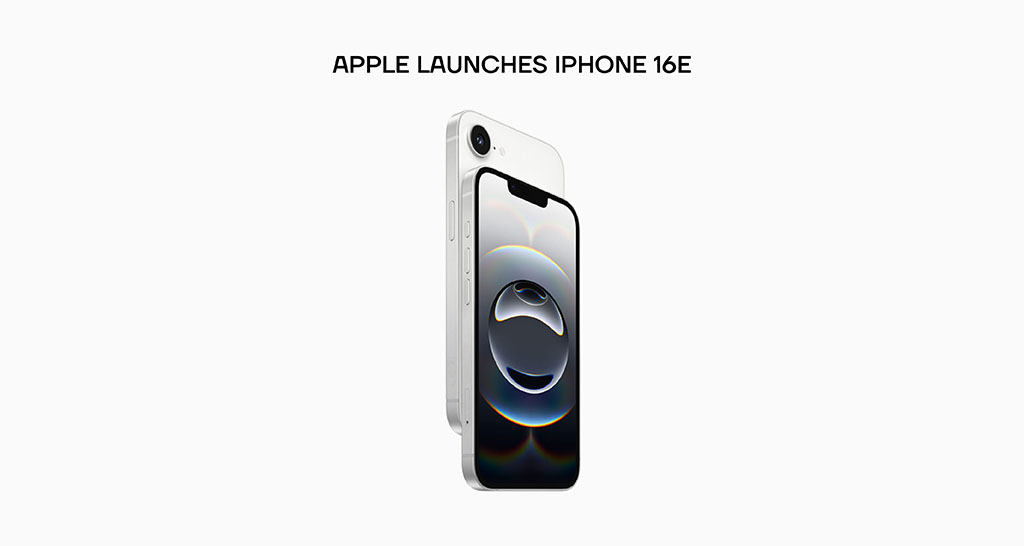As expected, Apple unveiled the highly anticipated iPhone SE refresh on Tuesday. The fourth-generation model arrives three years after the last major update to the budget-friendly smartphone. Still, with a notable change—Apple has dropped the SE branding to align the device more closely with its flagship lineup. Now called the iPhone 16e, it starts at $599 and will begin shipping on February 28.
The top-line feature is Apple Intelligence, the iPhone maker’s answer to offerings like OpenAI’s ChatGPT and Google’s Gemini. It features small models that can run locally on-device, to provide text summaries, write letters, and generate images.
Along with the rest of the iPhone 16 line and iPhone 15 Pro, the 16e is now part of an exclusive group of handsets capable of running Apple Intelligence. This is thanks to the addition of an A18 processor—the same in-house chip found across the rest of the flagship iPhone 16 line.
Like other iPhones equipped with Apple Intelligence, the iPhone 16e allows users to access ChatGPT via Siri for free, without requiring an OpenAI account.
This new model also marks a milestone as the first iPhone to feature Apple’s in-house modem, the Apple C1. The move reflects Apple’s ongoing efforts to reduce reliance on third-party chipmakers like Qualcomm and Intel, opting instead for custom-designed silicon tailored to its devices.
With its updated design, the iPhone 16e replaces the Touch ID home button with Face ID and reintroduces the iPhone X-style camera notch. Additionally, Apple has swapped out the Lightning port for USB-C, aligning the device with the company’s broader push to standardize its connectors.
The new handset boasts a 6.1-inch OLED display and offers “the best battery life ever on a 6.1-inch iPhone.” This marks a significant jump from the third-generation SE’s 4.8-inch screen—a shift that may disappoint fans of smaller phones.
Apple claims the iPhone 16e delivers up to 12 hours more battery life than previous SE models, thanks in large part to the six-core A18 chip. The processor also includes a 16-core neural engine for AI tasks and a four-core GPU—slightly less powerful than the iPhone 16’s five-core graphics processor and the 16 Pro’s six-core version.
The launch of the iPhone 16e comes at a crucial moment for Apple, as its market share in China—one of its most critical markets—has recently dropped by 11%. This decline is driven by several factors, including the growing dominance of Huawei and other domestic brands, as well as the absence of Apple Intelligence in mainland China.
To address this, Apple has reportedly been in discussions with Tencent and ByteDance to develop a localized version of its generative AI technology. More recently, reports indicate that the company has partnered with Alibaba as its local AI provider.
Since its debut in 2016, the iPhone SE has been a strong performer for Apple in both China and India—the world’s two largest smartphone markets. Unlike the company’s flagship iPhone, which follows an annual release cycle, the SE has had an irregular launch schedule, with new models arriving in 2020, 2022, and now 2025. While the new iPhone 16e comes with a $599 price tag—a $100 increase over its predecessor—its upgraded features could help Apple reclaim market share in these key regions.
Preorders for the iPhone 16e open on Friday, February 21, with shipments beginning one week later.



Discussion about this post